All the Comforts of Home
In the January 2020 issue, A&E editor Cassie Green goes over breaking into the home décor market.
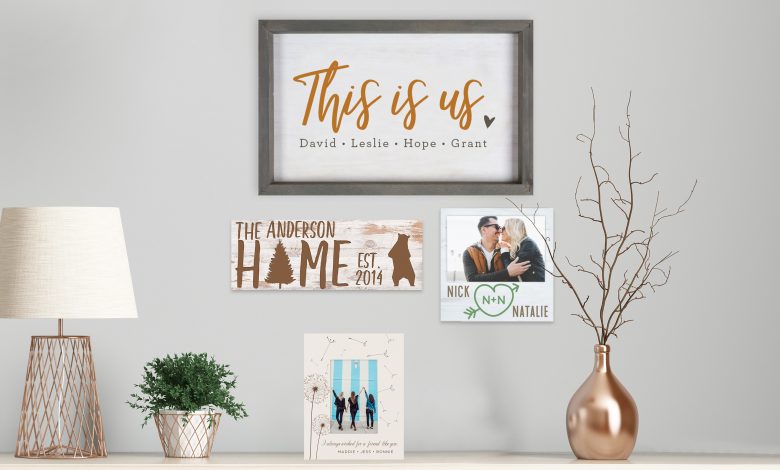
What’s hot right now in personalized products? There’s the obvious drinkware category: YETI tumblers, recyclable water bottles, colorful mugs, and more graced with monograms, family photos, and custom dates are all the rage. You would be hard pressed to find someone who doesn’t at the very least have a mug with their name on it.
What about personalized everyday-use products? Keychains with names engraved on them, bags with a team mascot embroidered on the flaps, and even USB drives with initials make the users feel like they own something special, something unique.
But what about home décor products? More and more, people are searching for something beyond the traditional Welcome mat; homeowners want their family name on them. When you walk in the door, families proudly display monogrammed napkins, patterned dishware, reclaimed signs decorated with important dates, full-color picture frames with a favorite memory… the list goes on. It seems that these days, there are personalized products available for every room in the house.
The question now stands, why aren’t you, the awards and personalized products shop owner, offering these items for your customer? You have the technology to do it, the substrates are there. What are you waiting for? Bring the profit home – find out how to do it with the following article.
The Comforts of Home
Home décor products have always held a position of importance. Everyone wants a touch to their home that offers both comfort and beauty. But in the past several years, the rise of home products that are customized has noticeably grown.
“Customized home décor is really an offshoot of current interior design trends that began a few years ago,” explains George Privateer, Johnson Plastics Plus. “There’s been a shift from a postmodern interior aesthetic to a more rustic and eclectic look that was driven by interior design TV shows. The ability to personalize items makes them all the more unique.”
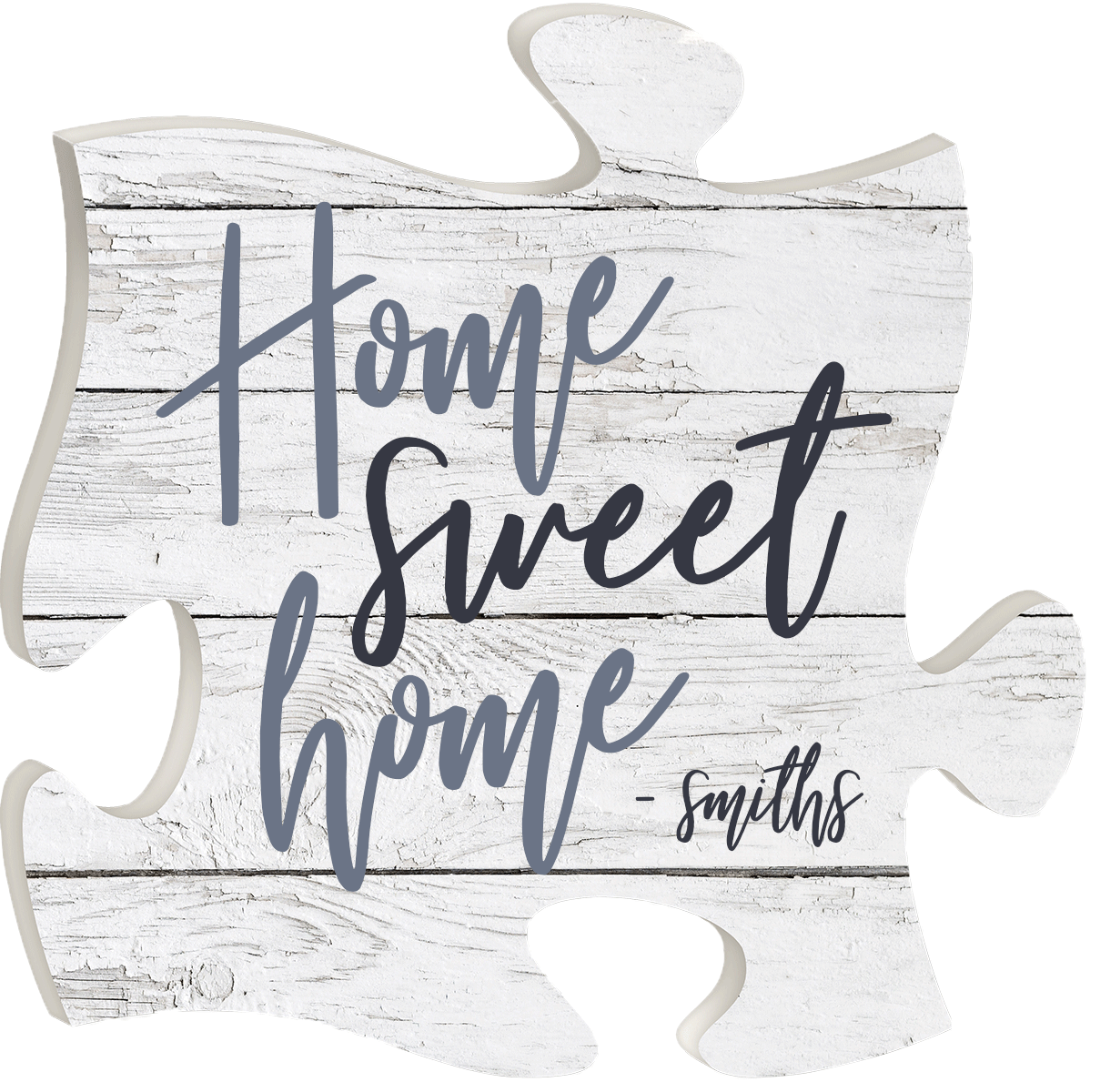
Rustic wood that mimics the look of shiplap and weathered wood is currently popular. (Image courtesy Johnson Plastics Plus)?
Along with the idea that mainstream television featuring trendy home patterns has helped push growth toward personalized products is the influence of social media. “Increasing popularity of social media outlets such as Pinterest and Instagram that showcase personalized home décor regularly has driven the interest for people to create a special and personal feel to the décor with their homes,” states Stephanie Barrett, Salisbury Inc. How often do you hear about Pinterest projects (and those that have gone horribly wrong) or a person explaining that they found a neat home addition project on Facebook? As more avenues of influence appear, more people push to have their homes stand out.
What better way to stand out than with personalized products? “People don’t want their house to look like everyone else’s,” Dan Messerschmidt, JDS Industries, says. The best way to make sure it looks like no one else’s is to have customized items completely individualized to your tastes and family story. General, everyday items like pillowcases, coasters, picture frames, placemats, and yes, even drinkware, go from traditional to unique simply by adding the family’s last name. And the best part is, everyone wants them.
Profit Power
For the awards retailer hoping to break into the personalized home décor market, it’s important to note that these items speak to every homeowner, no matter the demographic. From budget-friendly coasters and wall décor to high-end crystal trinket boxes and clocks, there’s something for everyone.

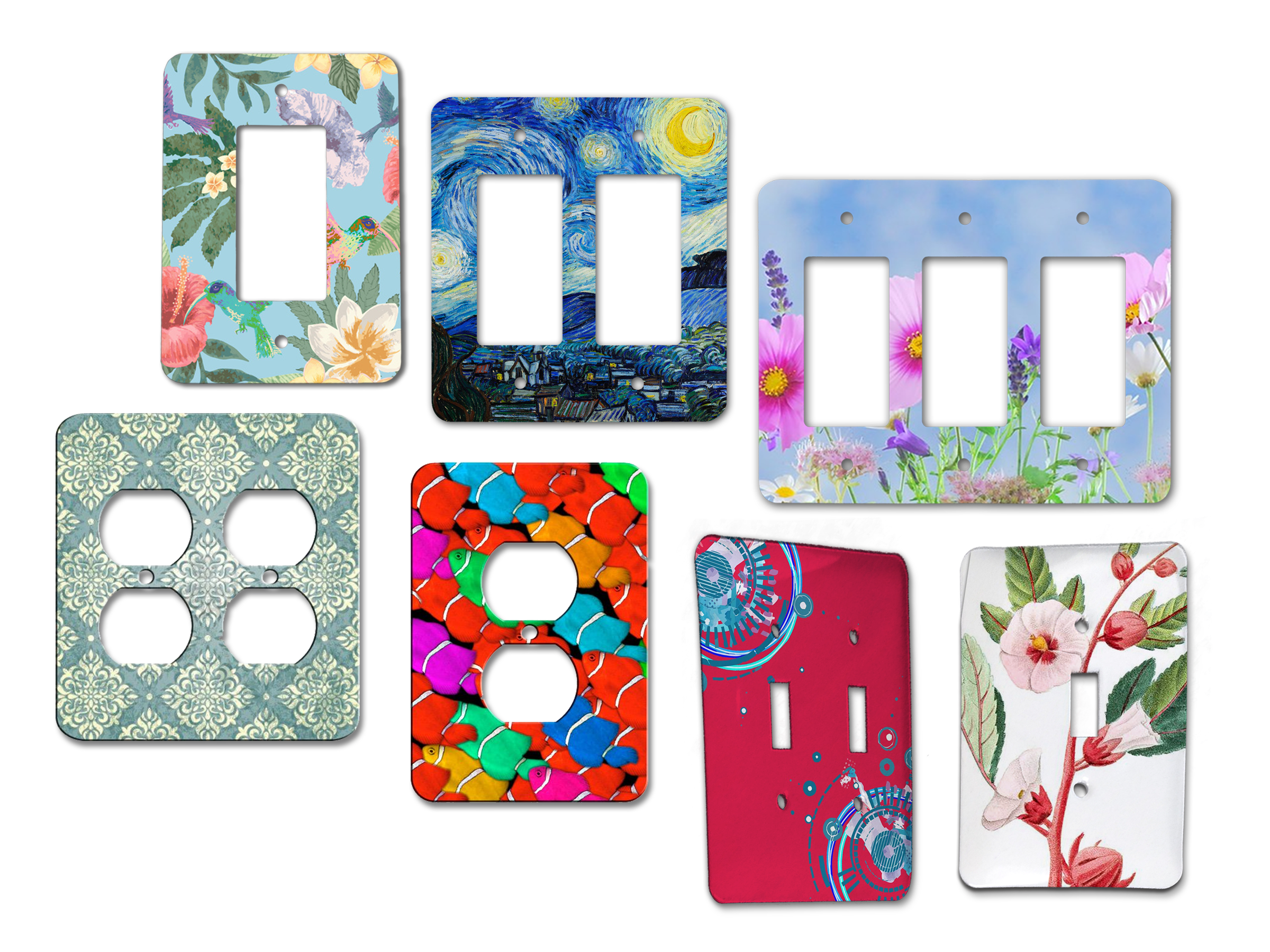
Wall art and décor can be personalized in a variety of ways, including full-color and engraving, but it also comes in a variety of shapes and substrates, making it a versatile item to offer in the home décor segment. (Images courtesy LRi)
“We are not seeing any specific group that does not like these products,” Messerschmidt points out. However, shop owners may notice that within certain demographics, different products will be more popular. “Where a young couple may go with bigger items, bolder designs, and brighter colors, more seasoned customers may lean toward smaller items and more earth-tone color palettes,” he adds.
“People who are searching for quality gifts with real meaning and a personal feel (buy these items),” Barrett says. She continues, pointing out one of the most important factors when it comes to personalized home décor items: the perceived value. “Giving someone a beautiful, handcrafted pewter piece complete with their monogram and date commemorating a special event has a significant impact versus giving an impersonal, mass-produced item,” Barrett states.
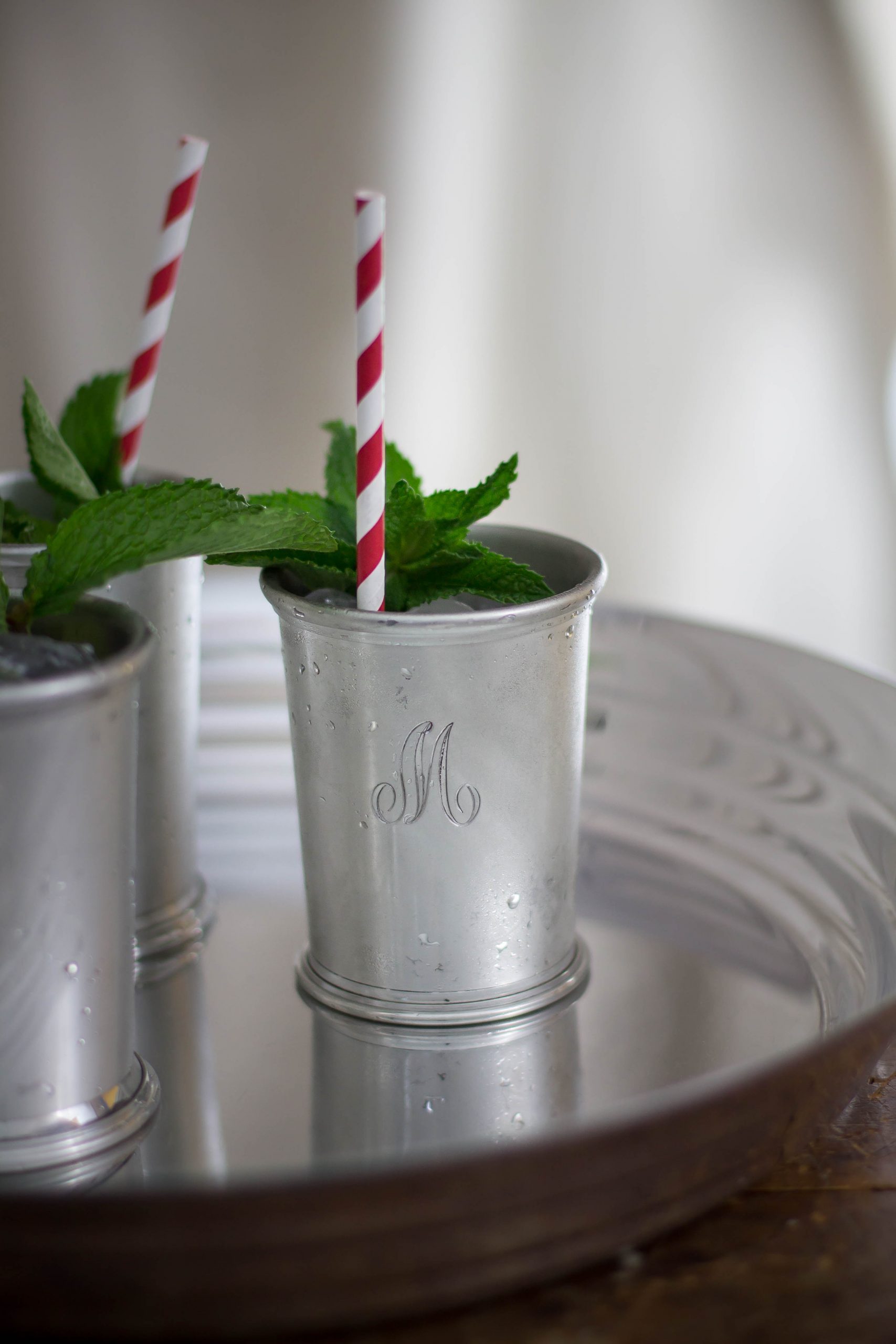
Decorative drinkware falls within the home décor category. These are great items to add monograms and names to using a laser machine. (Image courtesy Salisbury Inc.)
Because of this mass appeal, home décor items with that personal touch should be considered by the awards retailer, that is, if they aren’t already part of the product lineup. “Chances are shops already have the equipment needed to personalize these items, such as a sublimation printer, laser, or toner heat-transfer printer, so there is a small learning curve when adding home décor items to your lineup,” Privateer points out. “Home décor items can add a whole new revenue stream during the holidays and other times during the year.”
“If a retailer broadens their selection to include personalized home décor items, it demonstrates good out-of-the-box thinking,” Barrett adds. Not only will this draw in new customers, but it will catch the eye of current customers, who might be buying these items elsewhere.
Plus, they make a great complementary addition to awards and recognition products. “Personalized décor fits in smoothly with awards and other commemoratives, so smoothly that once customers see them tied together in a well-planned display, they’ll wonder where these offerings were when they shopped for their last round of awards,” Barrett believes.

A serving tray suits one’s personal style, and adding custom engraving creates a beautiful way to commemorate a special event in a person’s life. (Image courtesy Salisbury Inc.)
Appreciate the Value
Expanding on the idea that awards shops already have the equipment to personalize home décor products, industry sources agree that the simplicity of it all makes this choice a no-brainer.
Privateer encourages shop owners to think of it this way: “Take a home décor item and customize it with a soccer ball and name, or a football with a quote, and you’ve got a home décor item that doesn’t feel out of place in an awards shop.” The two can blend together seamlessly. Of course, it does depend what your customer is looking for. “Don’t try and force the design into something that you think might look nice on the piece but looks out of place in your shop,” he counsels.
Letting customers know your awards shop now offers personalized home décor items follows a similar path as marketing your recognition products. “Start by asking questions,” Messerschmidt advises. “(Does the customer) live in an apartment or a house? Is it more formal or more casual? Do they have pets? Kids in sports? Grandkids? These are all opportunities to help them decorate their living space with things that are important to them and close to their heart.”
But don’t just stop with the evaluation. The next step is bringing these items front and center. “The more samples and lifestyle photos (you) can show to (your) customers, the better,” believes Barrett. Blank items on a shelf are ok, but paint a picture for your customers – create samples that already have full-color monograms accompanied by popular patterns such as chevrons. Show them in multiple colors. Once a customer sees what can be done, they will go wild.
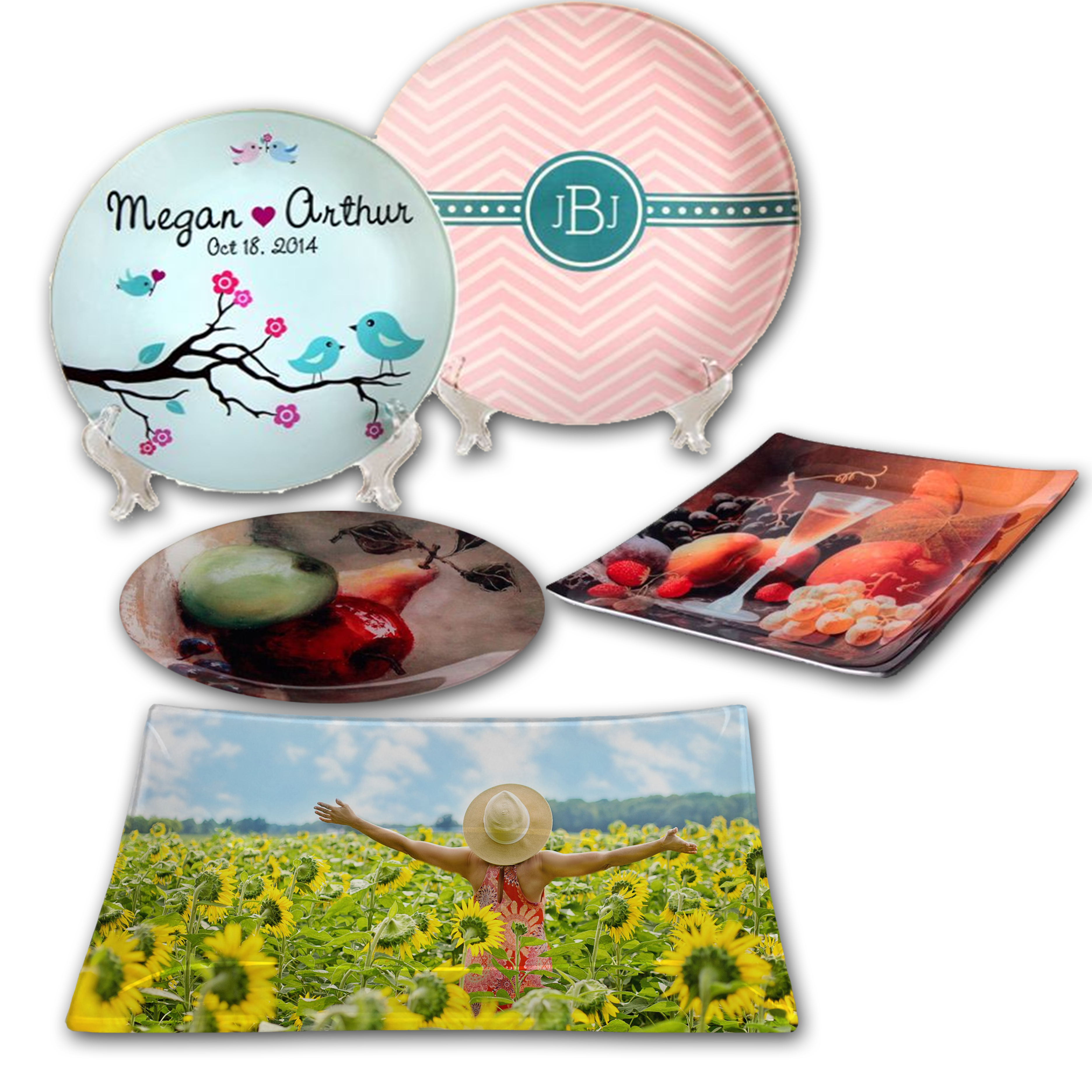
There are personalized products available for every room in the house. (Image courtesy LRi)
Finally, don’t be afraid to charge a premium for these items. According to Barrett, that perceived value comes into play when pricing personalized home décor products. “They are unique, beautiful, and can be sentimental to customers. These characteristics justify paying for a more premium item,” she emphasizes. “You may be surprised at how well premium personalized décor items sell when both retailer and customer understand and appreciate their value.”